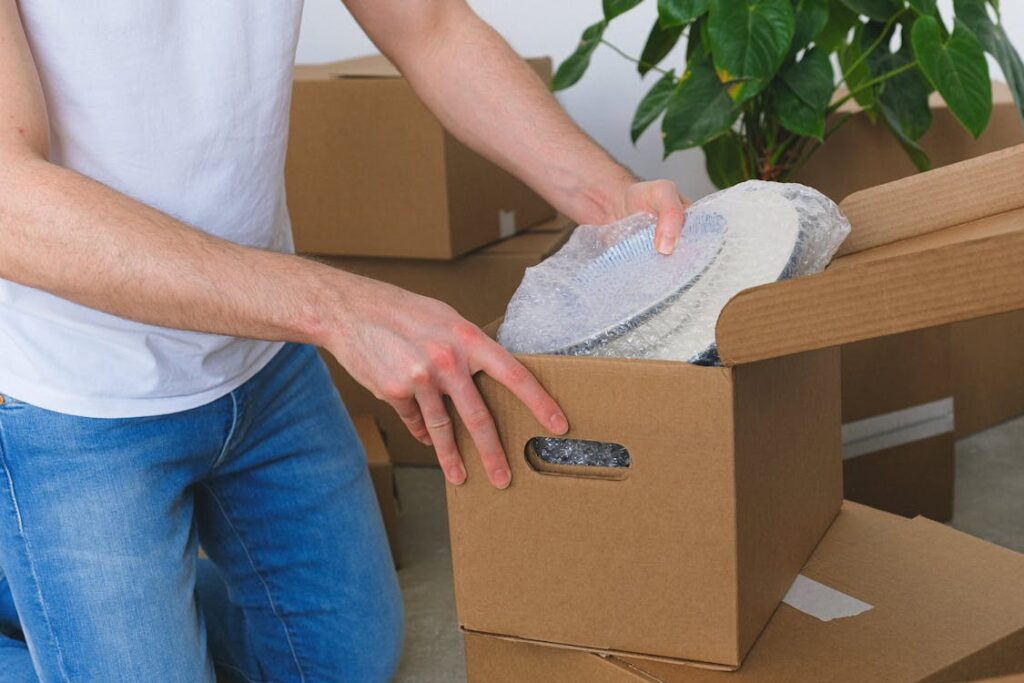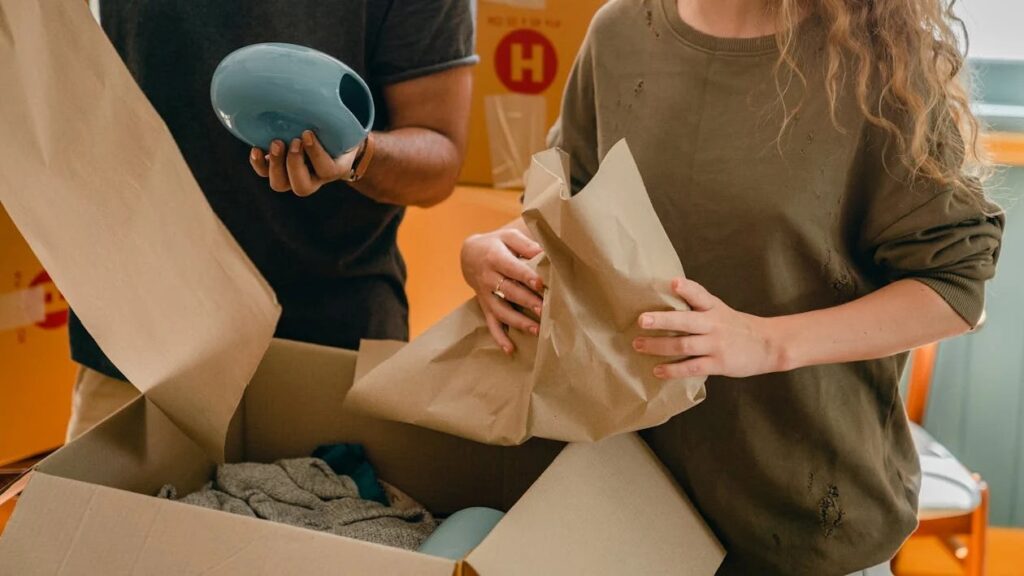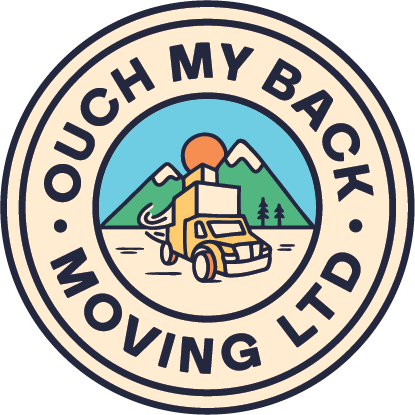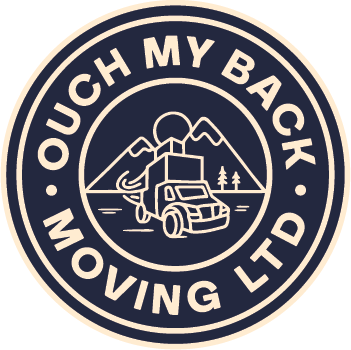When moving, you must transfer sensitive items, like jewelry or fine china. These items are delicate, and you often handle them with care in your day-to-day life. So it’s only appropriate they get handled with care when you are moving to a new location. You want to understand the dos and don’ts of moving sensitive items in these moments. Companies like FedEx or UPS go to extreme lengths to ensure fragile items are taken care of and do not break. Something similar to this approach will be needed when you are moving. There is never such a thing as being too cautious. The last thing anyone wants to experience is to arrive at a new location to find their precious items broken. Fragile items are often the most expensive items someone possesses, so there is an extra incentive to make sure the items are taken care of.
Some Dos and Don’ts for Moving Fragile Items

Below, we will look at some dos and don’ts for moving fragile items.
Dos
Find additional wrapping paper
When it comes to fragile items, simply putting them inside the box is never enough. They often need an extra layer of defense, as they may be prone to moving around during a move. The most well-known items are bubble wrap, packing peanuts, or foam wraps. Place the items inside a box and fill it with as much bubble wrap or foam as possible to absorb the force a box may experience on its journey to a new location.
Secure fragile items in a moving truck
As previously mentioned, boxes move during transport under some circumstances. However, there are ways to minimize this movement. Using items like straps or non-slip mats helps keep an item in place. Also, secure the bottom of the box so there is no chance of you taking the box out and the items falling out. However, in some cases, like a packed truck, you may be unable to secure items on the ground level.
When this occurs, it is vital to stack items properly. Fragile items, often the lighter item, should typically be at the top of a stacked box, with the heavy items at the box. This loading hack will prevent the situation where the heavy items crush the lighter items. So, it’s imperative to secure fragile items, but if it is not possible, stack them in a way that minimizes the risk of damage.
Label fragile items
Of course, looking at a box, it’s impossible to tell if fragile items are in it. So, it’s important to label boxes as fragile or simply put the names of the items inside the box. This task is especially important, considering you may not be the only person loading and unloading the boxes. You may know which box has what in it, but a mover may not, and while most movers are trained to be careful with all boxes. A box with fragile items inside needs an extra level of care.
So, make sure to label the boxes, and as a precaution, communicate with everyone potentially interacting with them which boxes to be especially careful with.
Don’ts
Do not overstuff a box of fragile items
Fragile items should have their specific boxes, and nothing else should be in that box alongside them. In addition, you should not overstuff a box with fragile items. You must carefully place fragile items inside a box and maintain adequate distance between them. This distance is where the extra packing material, like bubble wrap, comes into play. In an overstuffed box, items will bounce off and potentially damage each other. With proper spacing and packing material, these items will stay in place and avoid contact with different items and the side of the box.
Do not use flimsy, big boxes
The popular notion is that all boxes are the same, which is inaccurate. Boxes come in many sizes and shapes, and some have designs that best suit them for specific tasks. For instance, there are thin layered boxes; while you can use them for anything, they are undesirable for handling fragile items.
When moving fragile items, it is essential to have a sturdy box with the highest level of resistance to any possible force that may come across it. Double-layered boxes are products best designed to handle fragile items. They have a high resistance level to protect the items inside. Also, use smaller boxes; with smaller boxes, there is less room for boxes to move, so there is less opportunity for them to slide into each other.
Do not ignore temperature-sensitive items
Fragile items may not only be fragile because of the material used to make them but also because they are sensitive to temperature. Some items may have their shape altered or functionality diminished if not kept at an inappropriate temperature. It is essential to invest in climate control measures to ensure their safety.
This need for climate control is especially true when conducting a long-distance move. With the possibility of traveling through various states with different temperatures, you must maintain the necessary temperature for each item. That means seeking out a moving company that provides these services or taking your own measures to ensure temperature control.
What items are considered fragile?

Fragile items, for some, could be items that hold great sentimental value. Thus, some may want to protect these at all costs. However, there are some common fragile items that, when you are transporting them, need to be handled with care. These items include the following.
- Glassware
- mirrors/lamps
- Electronics (ex. TVs, or radios)
- Porcelain
- Optical instruments
These are some of the items that would need special accomodations when moving. Other items, like furniture, may also be added to the list depending on the material used to make the furniture. Essential fragile items are anything that could break easily. Most people instantly think of glassware, but optical instruments like telescopes can also be fragile. They could be easily damaged if not taken care of, requiring the same attention as the glassware you possess.
Conclusion
Fragile items are often your most precious possessions—the one thing during a move that will give you the most anxiety. You never want these items to be broken or even slightly damaged. So, it’s important to understand the essentials when moving sensitive items and what not to do. A lot of this anxiety is alleviated if you have the help of an excellent moving company, but even with that, the proper accommodations must be in place. So, as long as these accommodations are in place when moving, and you should hire Ouch My Back Moving, an appropriate moving company, the safe passage of fragile items is assured.


